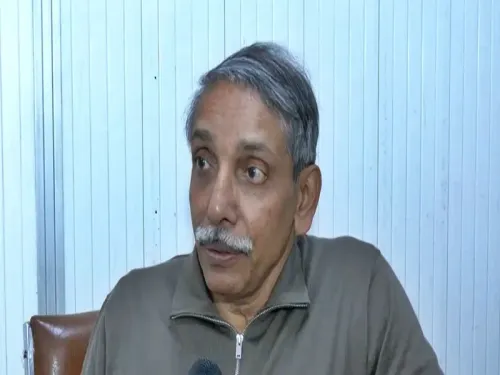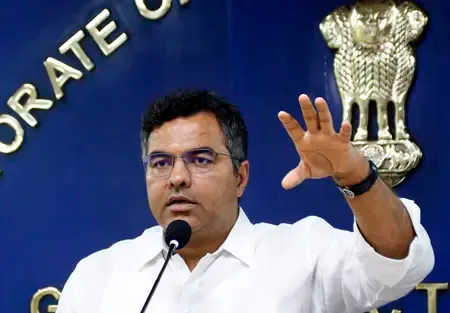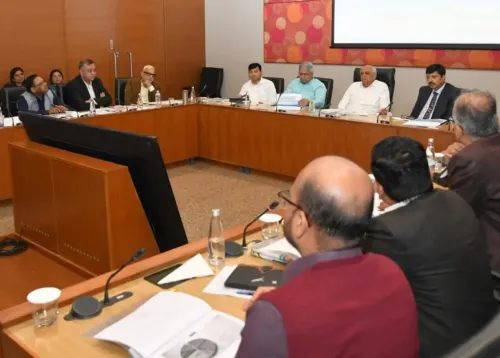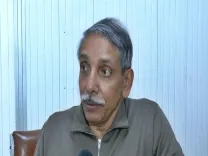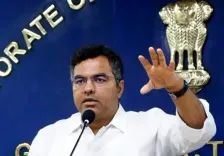Union Budget 2025-26 Emphasizes Capex While Upholding Fiscal Discipline: Insights from Bank of Baroda
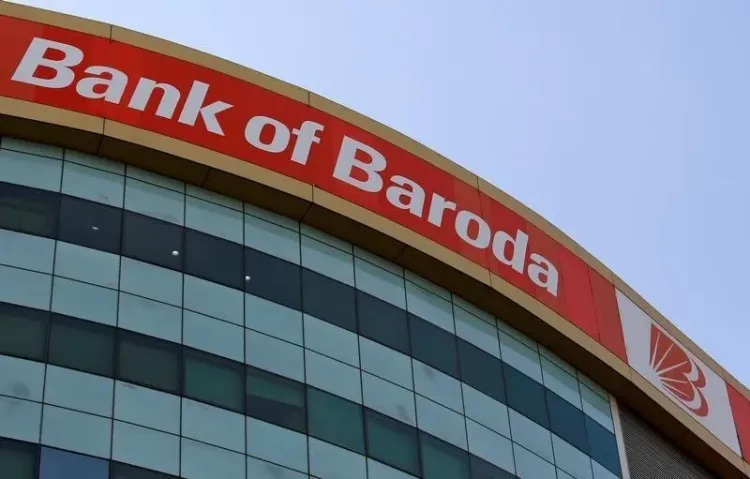
Synopsis
Key Takeaways
- Fiscal prudence maintained in Budget 2025-26.
- Capex for infrastructure projects sustained.
- Total expenditure expected to rise to Rs 50.7 lakh crore.
- Debt-to-GDP ratio targeted below 50 percent by 2031.
- Focus on sectors like employment and infrastructure.
New Delhi, Feb 2 (NationPress) The Union Budget for 2025-26 has upheld fiscal prudence while ensuring the quality of expenditure remains intact. Additionally, the government's borrowing strategy has shown stability, which is favorable for market conditions, according to insights from economists at Bank of Baroda.
The analysis emphasizes that the momentum of capital expenditure (Capex) for substantial infrastructure initiatives in the highways, railways, and ports sectors has been sustained in the Budget.
Besides infrastructure, rural development and agriculture are set to be key drivers of increased spending. The Centre's total expenditure is projected to rise from Rs 47.2 lakh crore in FY25RE to Rs 50.7 lakh crore in FY26BE, fueled by both revenue and capital outlays, as stated in the report.
The Centre's capex disbursement is anticipated to surge to Rs 11.2 lakh crore from Rs 10.2 lakh crore based on FY25RE. The capex ratio in relation to GDP is maintained at 3.1 percent, as outlined in the report.
The government predicts a rise in nominal GDP by 10.1 percent in FY26, rebounding from a 9.7 percent increase in FY25. The overall tax revenue-to-GDP ratio is expected to remain stable at 12 percent in FY26 BE, compared to 11.9 percent in FY25 RE.
The direct tax-to-GDP ratio is projected to grow to 7.1 percent from 6.9 percent, while the indirect tax-to-GDP ratio is expected to hold steady at 4.9 percent in FY26 BE, unchanged from FY25 RE, the report indicates.
Consistent with the fiscal roadmap detailed in the Budget for 2021-22, the fiscal deficit (expressed as a percentage of GDP) was reduced in FY25 and is expected to decrease further by 0.40 percent in FY26.
The government has also made strides in lowering its debt-to-GDP ratio from 58.1 percent in FY24RE to 57.1 percent in FY25RE. Projections for FY26BE suggest a further decline to 56.1 percent.
By 2031, the government aims to reduce its debt-to-GDP ratio below 50 percent, as advised by the 16th Finance Commission.
The report mentions that the budget's size has consistently grown over the last few years, averaging an increase of 7.6 percent over the past five years, compared to an average nominal GDP growth of 12.5 percent. This expansion takes into account the need for improved spending quality.
The Centre's net revenue collections are expected to align with the growth of nominal GDP. On a net basis, revenue collections are projected to rise by Rs 3.3 lakh crore this year, while gross tax collections are anticipated to see a significant increase in FY26BE (Rs 4.2 lakh crore) versus last year (Rs 3.9 lakh crore). This growth is attributed to a rise in corporate tax revenues and indirect tax collections.
The report also highlights that the increase in income tax collections will be modest as the government has chosen to forgo Rs 1 lakh crore in tax rebates.
There is also an expectation of a slight rise in indirect tax collections, albeit at a slower rate compared to direct taxes. Of the anticipated Rs 1.33 lakh crore increase over the previous year, as much as Rs 1.16 lakh crore is expected to come from GST collections alone. Enhanced compliance and a surge in domestic consumption will be crucial factors.
Within the excise sector, the agriculture infrastructure and development cess, as well as duties on petrol and diesel, are expected to gain traction, according to the report.
The Union Budget for FY26 emphasizes employment, skill development, agriculture, MSMEs, women empowerment, infrastructure, and space technology as principal areas of focus for the government in the coming five years.


